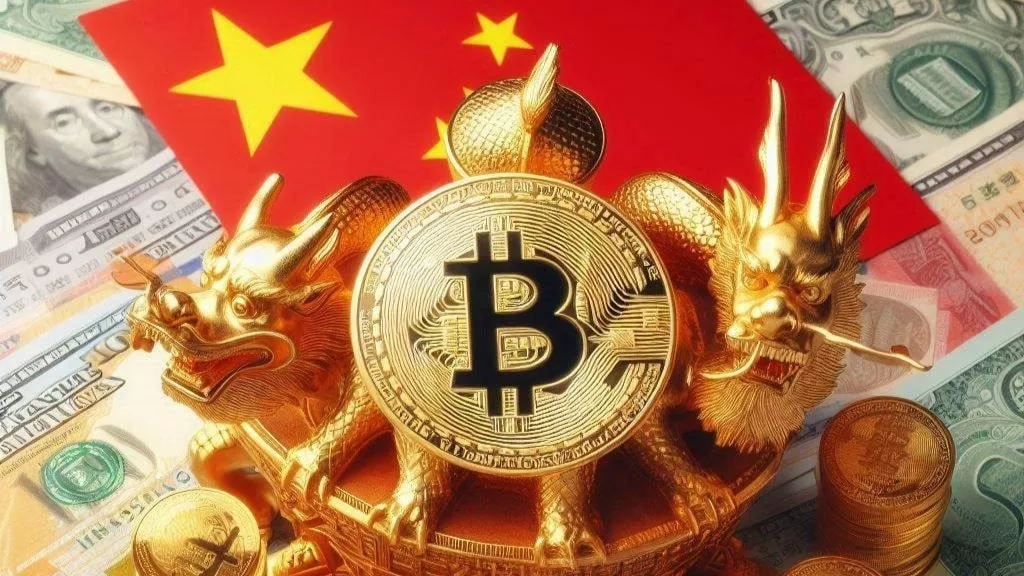
The recent approval of Ethereum spot ETFs by the U.S. Securities and Exchange Commission (SEC) has generated significant excitement in the cryptocurrency community. However, the decision to exclude staking from these ETFs has raised eyebrows. While it may seem restrictive at first, this exclusion could actually bring several strategic benefits to the Ethereum ecosystem. Crypto journalist Laura Shin, host of the Unchained podcast, has shed light on the potential advantages of this move.
One of the most significant impacts of excluding staking from ETH ETFs is the potential boost for direct stakers. Currently, Ethereum staking rewards are around 3% APY. By excluding staking from ETFs, these rewards are preserved for those who stake their ETH directly or through staking services like Lido or Rocket Pool. This creates a value transfer that benefits direct stakers, enhancing their returns at the expense of ETF holders.
Laura Shin explains, “This value transfer benefits those who engage in staking, enhancing their returns at the expense of non-stakers.” This dynamic could encourage more ETH holders to participate in direct staking, further decentralizing and securing the Ethereum network.
Excluding staking from ETFs also addresses the issue of high staking ratios within the Ethereum network. A high staking ratio can lead to centralization and liquidity risks, which can threaten the network’s stability. By not including staking in ETFs, the locked ETH liquidity does not contribute to staking contracts, promoting a healthier balance between staked and non-staked ETH. This move alleviates community concerns about the dangers of excessive staking, maintaining a more resilient and decentralized network.
The SEC’s decision to exclude staking from ETH ETFs reflects a cautious and strategic regulatory approach. By simplifying the initial ETF offerings, the SEC aims to ensure regulatory compliance and market stability before tackling more complex aspects like staking. Matt Hougan, CIO of Bitwise, explained this approach on the Unchained podcast: “The first shot on goal will be let’s get to 90%, which is without staking, and then let’s worry about the complications later and down the road.”
This conservative strategy builds a solid foundation for future developments in the cryptocurrency market. By initially focusing on non-staking ETFs, the SEC and market participants can navigate regulatory challenges and market dynamics more effectively, setting the stage for more comprehensive financial products in the future.
The approval of ETH spot ETFs is expected to attract substantial inflows from institutional investors. Estimates suggest these inflows could range from $15 billion to $45 billion in the first 12 months following the approval. Such capital influx would likely enhance the liquidity and stability of the Ethereum market, benefiting both retail and institutional investors.
Standard Chartered analyst Geoffrey Kendrick emphasized the broader implications of this approval, noting that it signals a shift in regulatory perception. “The crypto industry now seems to have political backing on both sides of the aisle,” he said, highlighting the growing acceptance and support for digital assets within the political landscape.
The approval of Ethereum ETFs without staking could also set a precedent for other altcoins, paving the way for similar financial products. Cryptocurrencies like XRP and Solana (SOL) are already on the radar for potential ETF approvals. Crypto analyst Nick pointed out several catalysts that could boost XRP’s prospects, including tokenization, a potential IPO of Ripple, and increasing adoption of the XRP Ledger (XRPL).
Nick commented, “The pressure is building. I am only watching what the BTC pair is doing now,” indicating that developments in the Bitcoin and Ethereum ETF space could influence broader market trends for other altcoins.
Excluding staking from Ethereum ETFs may also contribute to the technological and network resilience of Ethereum. By encouraging more direct participation in staking, the network becomes more decentralized. A decentralized network is inherently more secure and resistant to attacks or failures. The diversification of participants who run validator nodes and stake their ETH helps distribute the network’s control, reducing the risk of centralization.
Furthermore, direct stakers are typically more knowledgeable and invested in the long-term health of the network. This alignment of incentives ensures that those who are most committed to Ethereum’s success have a more significant influence on its security and governance.
From an economic perspective, the exclusion of staking from ETFs helps to create a more balanced and sustainable market environment. Direct staking requires a long-term commitment and understanding of the network’s mechanics, which can lead to a more stable and knowledgeable investor base. This stability is crucial for the network’s long-term health and can reduce volatility, making Ethereum a more attractive asset for conservative investors.
Additionally, the separation of staking from ETFs ensures that staking rewards are not diluted among a broader pool of passive investors. This preservation of staking rewards for direct participants helps maintain a robust and attractive incentive structure for securing the network.
While there are numerous benefits to excluding staking from Ethereum ETFs, this decision is not without its criticisms and challenges. Some argue that the exclusion limits the financial innovation that ETFs can bring to the market. By not including staking, ETFs miss out on offering a more comprehensive product that fully represents the Ethereum ecosystem.
Moreover, the exclusion might discourage some institutional investors who seek exposure to all aspects of Ethereum, including its staking rewards. These investors may prefer to invest directly in ETH or through other financial products that offer staking capabilities, potentially limiting the inflows to the approved ETFs.
The SEC’s cautious approach highlights the delicate balance between fostering innovation and ensuring market stability. By initially excluding staking from ETFs, the SEC aims to introduce these financial products in a controlled manner, minimizing potential risks and regulatory complications. This strategy allows for a gradual integration of more complex features, such as staking, once the foundational products have proven successful and compliant.
As the market adjusts to the introduction of Ethereum spot ETFs without staking, stakeholders will closely monitor their performance and impact. The success of these ETFs could pave the way for future iterations that include staking, provided they demonstrate regulatory compliance and market stability.
For Ethereum, this development represents a significant milestone, reinforcing its position as a leading digital asset. The ability to attract substantial institutional investment through ETFs can drive further innovation, development, and adoption within the Ethereum ecosystem.
The exclusion of staking from Ethereum ETFs may initially seem like a conservative move, but it offers several strategic advantages for the Ethereum network. By boosting direct staking, addressing high staking ratios, and ensuring regulatory compliance, this decision enhances Ethereum’s resilience and stability. The potential for significant institutional inflows further strengthens its market position, while setting a precedent for future financial products.
As the cryptocurrency market continues to evolve, the lessons learned from this approach will inform the development of more sophisticated and comprehensive investment vehicles. For now, Ethereum’s journey with ETFs marks a new chapter in its ongoing growth and maturation as a leading digital asset, poised to benefit from both innovation and regulatory clarity.



Get the latest Crypto & Blockchain News in your inbox.